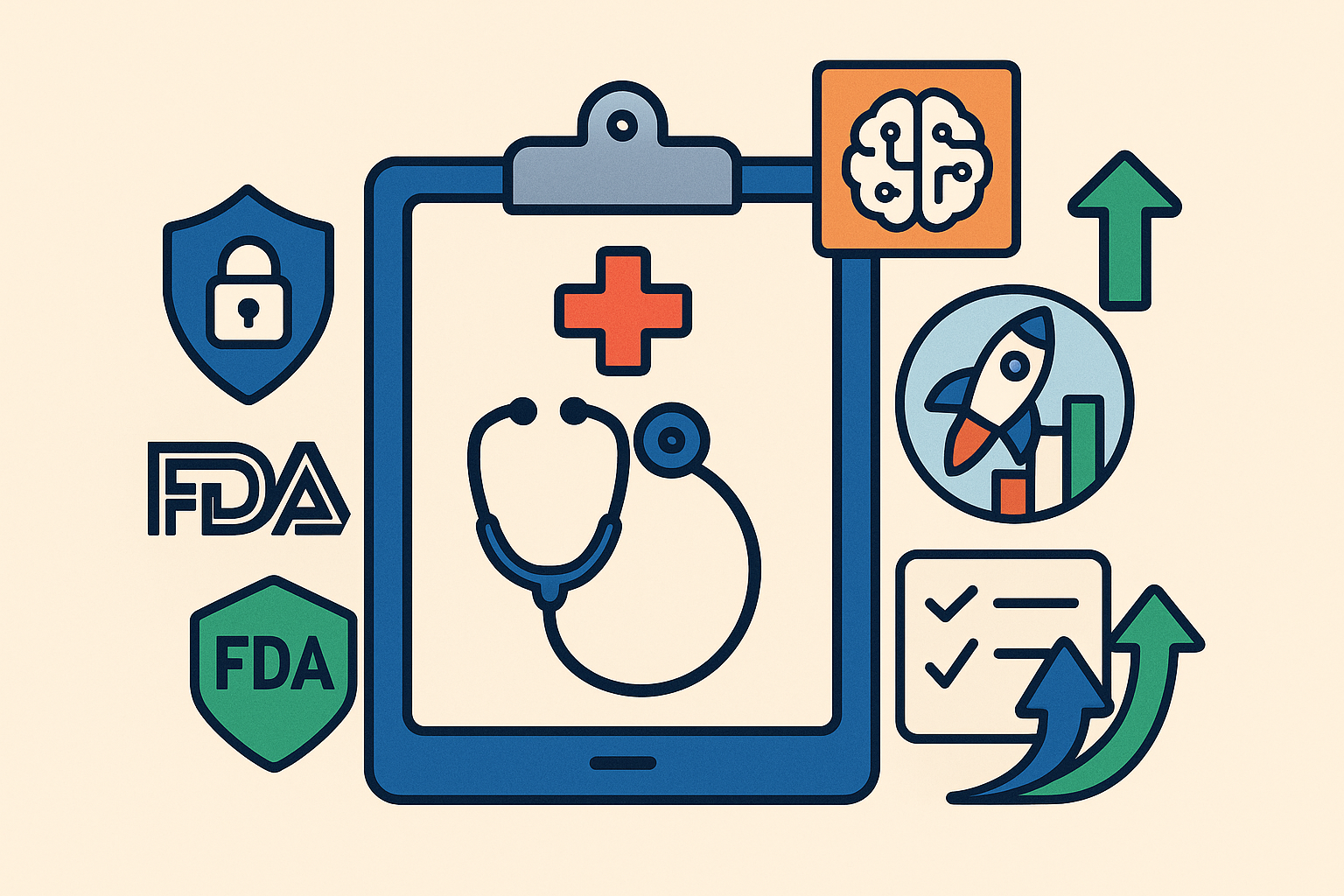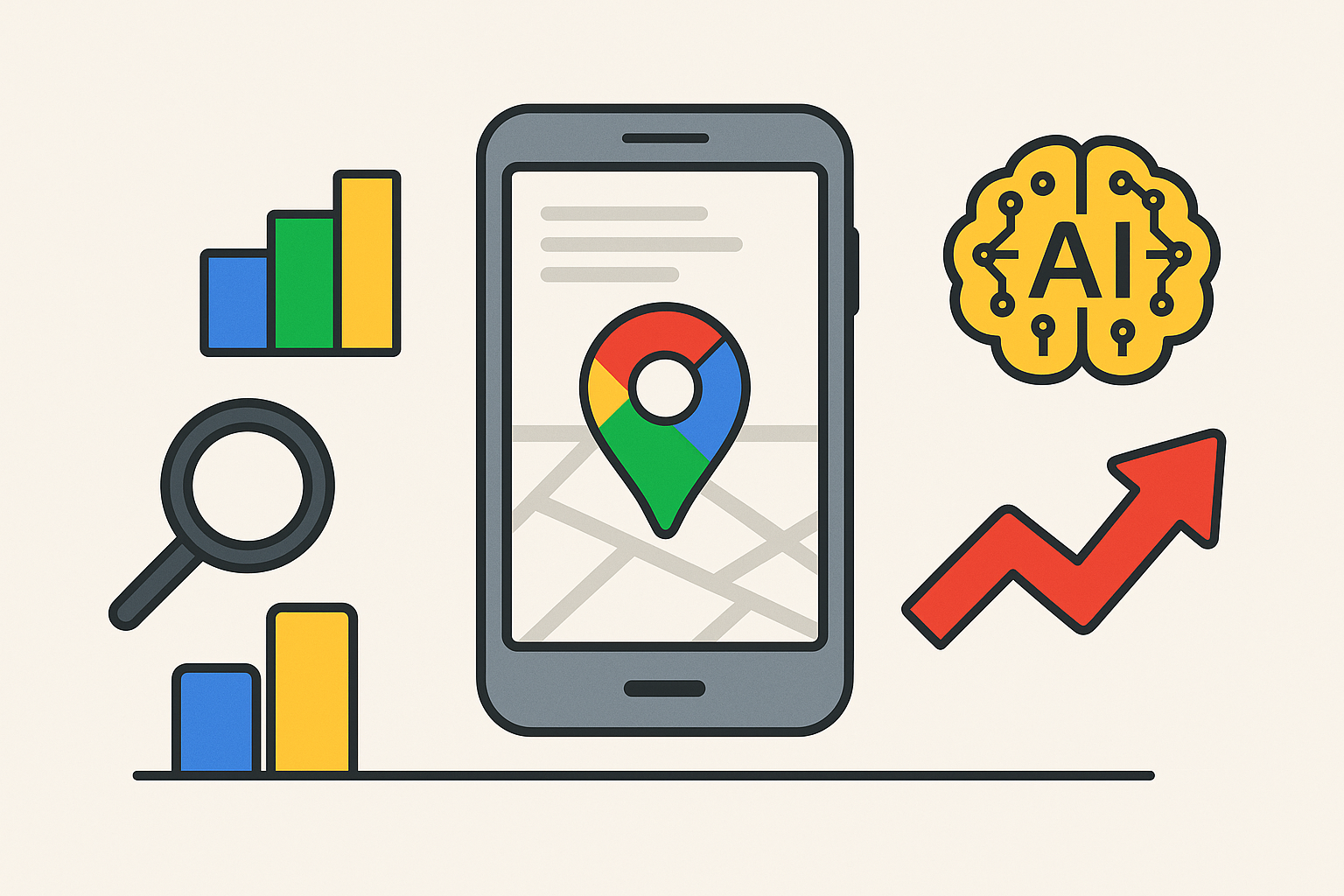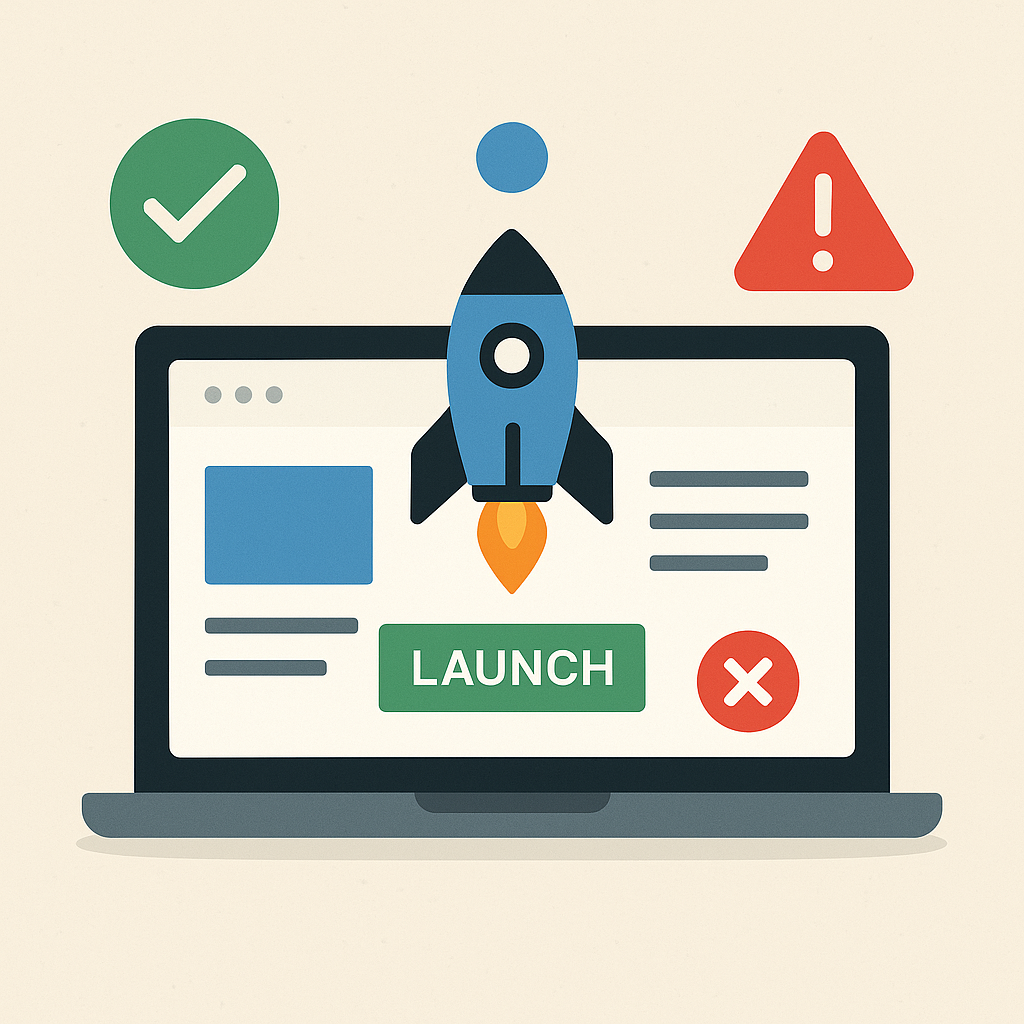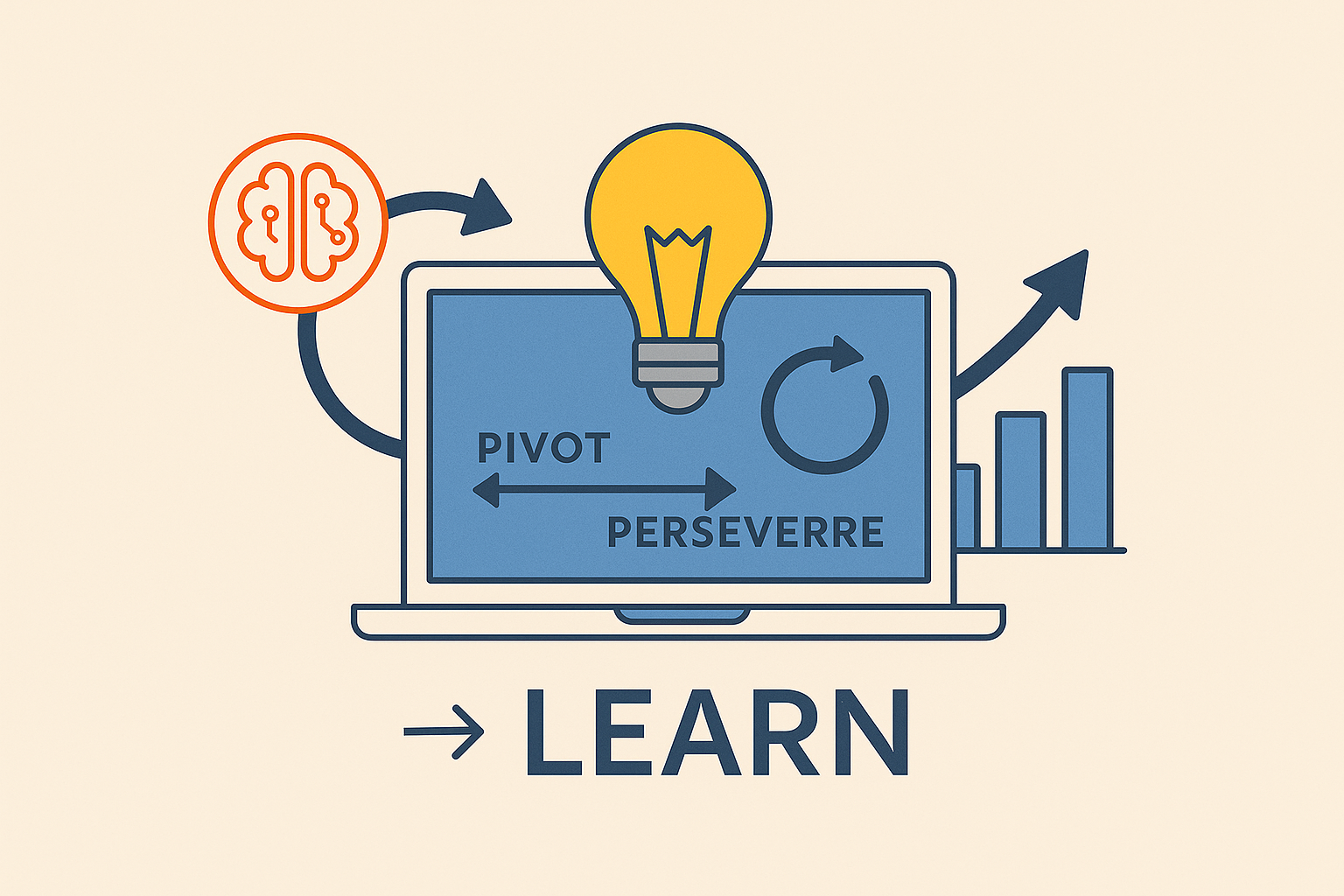Launching or scaling a medical or mental health practice today is an exhilarating journey, but it’s uniquely challenging. You’re driven to innovate and improve patient care, yet you operate within one of the most complex regulatory landscapes. How do you move nimbly like a startup while ensuring every step is compliant and safe? The answer lies in smartly adapting Lean Startup principles and embedding a "compliance-first" mindset from day one. If you were to embark on a deep learning journey for this, what would be the absolute essential highlights to master? Let's explore them.
Adapting Lean Startup: Agility with Responsibility in Healthcare
A core highlight for any health innovator is understanding that while the Lean Startup methodology (think Minimum Viable Product, Build-Measure-Learn loops, and strategic Pivots) is powerful, it needs careful tailoring for healthcare. The "move fast and break things" mantra simply doesn't fly where patient safety and regulatory adherence are paramount. Your "Measure" phase must always include safety and compliance indicators alongside market viability. Pivoting, if necessary, becomes far more complex and costly if you haven't rigorously de-risked regulatory and clinical integration assumptions early on. True validated learning in healthcare confirms both market need and adherence to non-negotiable standards.
The Dual Mandate: Innovating Under a Compliance Umbrella
Healthcare startups live with a "dual burden": the drive to innovate cutting-edge care models or technologies while meticulously adhering to a dense web of regulations – from state-by-state licensing for telehealth to FDA approvals for new medical AI, and the ever-present HIPAA for patient data. A key insight is that compliance isn't a discretionary spend; it's a foundational operational cost. Underestimating this can be fatal. This means integrating "compliance-by-design" from the earliest stages and seeking specialized legal and regulatory expertise, especially when navigating novel technologies where precedents are scarce.
Strategic Foundations: The Healthcare Lean Canvas
To build a robust business model, a crucial highlight is leveraging a Lean Canvas specifically adapted for healthcare. This means clearly defining the patient or systemic problem you're solving and how your solution delivers a unique value proposition. Critically, your key metrics must include health outcomes and compliance adherence, not just business growth. Your "unfair advantage" might even be your superior approach to navigating regulations. When mapping customer segments, remember it’s not just patients; it’s often payers, referring physicians, and institutions too – each needing a tailored value proposition. And, your cost structure must transparently account for the significant, ongoing expenses of compliance.
HIPAA & HITECH: Mastering Patient Data Protection
No health venture can succeed without a deep understanding of HIPAA (Health Insurance Portability and Accountability Act) and the HITECH Act. Essential highlights include knowing what constitutes Protected Health Information (PHI), determining if your practice is a Covered Entity or a Business Associate (many tech startups fall into the latter), and fully grasping the Privacy, Security, and Breach Notification Rules. This means conducting thorough risk analyses, implementing robust administrative, physical, and technical safeguards (encryption and access controls are key!), and ensuring ironclad Business Associate Agreements (BAAs) are in place with any vendor handling PHI. HITECH amplified these rules, notably extending direct liability to Business Associates, making compliance even more critical.
Beyond Federal Mandates: OSHA & State Data Privacy Laws
Compliance doesn't stop with HIPAA. Key learning for any practice involves OSHA (Occupational Safety and Health Administration) requirements to ensure a safe working environment. This includes having plans for Bloodborne Pathogens, Hazard Communication, providing Personal Protective Equipment (PPE), implementing Workplace Violence Prevention programs (especially vital in mental health), addressing ergonomics (even for telehealth setups), and maintaining clear Emergency Action Plans. Furthermore, an emerging critical highlight is navigating the complex patchwork of state data privacy laws (like Washington's My Health My Data Act or California's CCPA/CPRA). These often have broader definitions of health data and stricter consent requirements than HIPAA, especially for data outside traditional patient-provider relationships, demanding robust and adaptable data governance if you operate across state lines.
The AI Revolution: Opportunities, Ethics, & Regulatory Scrutiny
Artificial Intelligence is rapidly transforming healthcare, offering incredible benefits in diagnostics, operational efficiency, and personalized care. Key highlights for innovators in this space include understanding different AI types (Machine Learning, NLP, Deep Learning) and their applications. However, this power comes with significant ethical responsibilities: addressing algorithmic bias to ensure health equity, maintaining transparency and explainability, and ensuring human oversight (as emphasized by HHS, WHO, and AMA guidelines). For AI tools that qualify as Software as a Medical Device (SaMD), navigating FDA regulation is crucial. This involves understanding the FDA's AI/ML Action Plan, its Total Product Life Cycle (TPLC) approach, and the rigorous requirements for clinical validation, data governance, bias mitigation, and cybersecurity. Moreover, HIPAA compliance for AI necessitates AI-specific risk assessments, robust data de-identification strategies, and careful vetting of AI vendors, including AI-specific clauses in BAAs.
Lean Automation: Streamlining Your Practice for Growth
Finally, a vital highlight for busy health entrepreneurs is leveraging AI and automation for administrative and operational efficiency, always through HIPAA-compliant tools. Think AI-powered patient scheduling and communication, smart reminders to reduce no-shows, and AI assistance in medical billing, coding, and revenue cycle management to improve accuracy and cash flow. Workflow automation tools and secure APIs can connect disparate systems (EHR, billing, patient portals), reducing manual data entry and freeing up valuable clinical time. Choosing vendors who provide BAAs and demonstrate robust security is paramount when automating any task involving PHI.
Charting Your Course: Lean Innovation with a Compliance-First Mindset
Launching and scaling a successful medical or mental health practice is about more than just a great idea; it's about executing that idea responsibly and efficiently within a complex environment. The highlights discussed here – adapting lean principles, mastering multifaceted compliance (HIPAA, HITECH, OSHA, state laws), ethically integrating AI, navigating FDA oversight where applicable, and leveraging automation – form the bedrock of sustainable success. By embracing lean innovation with a steadfast "compliance-first" approach, you can build a practice that not only thrives commercially but also upholds the highest standards of patient care and trust.





